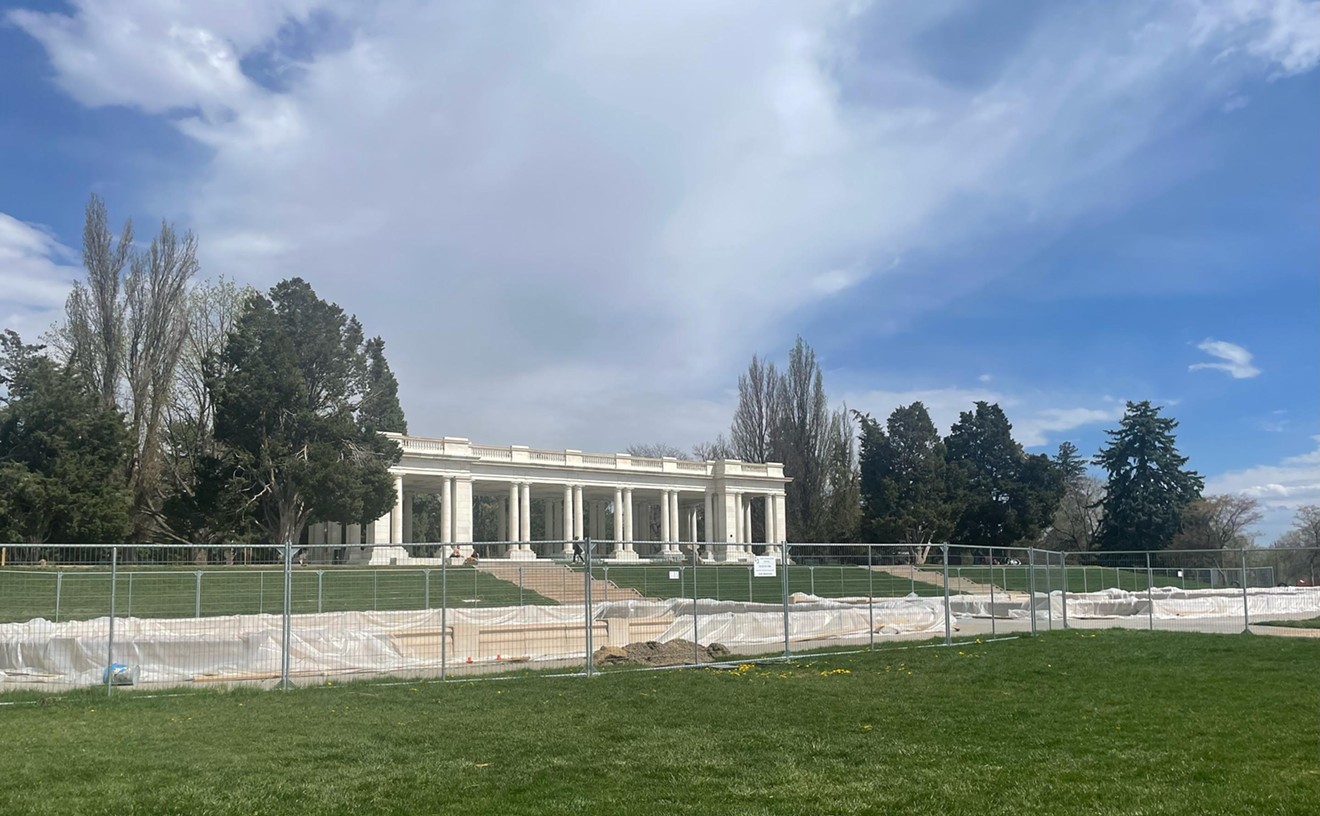
The first: Driving up to the complex by way of a private, heavily guarded road south of Colorado Springs, I took a wrong turn and ended up at the wrong gate. My introduction to the friendly sentries transpired at the business end of an M-16 while they checked with command to see if I really was an off-course journalist, rather than a commie spy pretending to be one.
The second: Once my tour was officially underway, with the usual spiel about the the vast cost to build the place ($142 million in the 1960s, or close to a billion dollars in today's money), the 700,000 tons of granite blasted out of the mountain, the three miles of tunnels and three-foot-thick steel blast doors, my attention was caught by one Strangelovian feature that wasn't on the program. Scaffolding, tarps and nets had been erected at various places in the caverns. The roof leaked.
Think of it. The Pentagon blasts out a mountain in order to build a hardened command center beneath a thousand feet of granite, able to "button down" and wage nuclear war even if the rest of the landscape is atomized. The buildings are on springs, the place has its own food supply and barber shop...and the roof leaks. Where water goes, radiation can follow.
The fact is that NORAD's invulnerability was always a myth. In the 1950s, the idea was to build an underground lair that could resist the errant ICBMs of the day. By the time construction was completed, in 1966, better delivery systems had made the whole concept obsolete. When I toured the place, NORAD had other worries besides the Soviet threat; a glitch in a 46-cent computer chip had triggered two worldwide alerts of strategic forces in three days (and would soon inspire the 1983 hit movie WarGames). In 1999 the complex banned public tours entirely, on the theory that a single terrorist posing as a tourist could bring down the whole caboodle. See Westword's "No Fighting in the War Room" for details.
Now Admiral Tim Keating, NORAD's commander, wants to consolidate operations with the U.S. Northern Command at Peterson Field. The threat these days is less likely to be a missile launch than a pack of jihadists in a plane or a U-Haul truck. The cold war is over, it seems, and NORAD is left holding the hotline. -- Alan Prendergast











